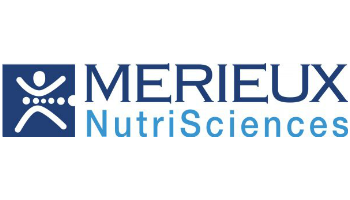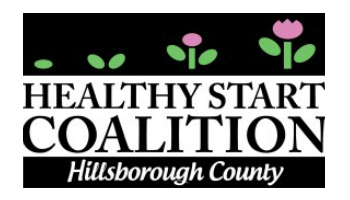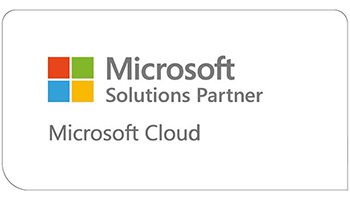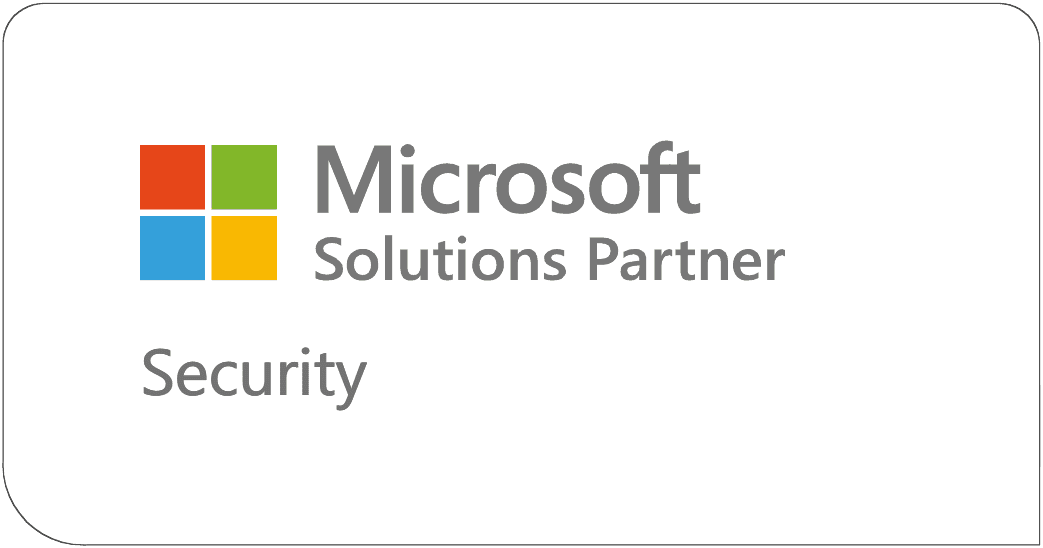Microsoft Modern Workplace consulting services to simplify, secure, and scale how your business operates — with real results, not just rollouts.
The way we work has changed — and your workplace needs more than just the latest Microsoft tools to keep up.
Microsoft consulting services for the modern workplace
Our Microsoft consulting services go beyond modern workplace deployment. We help your teams adopt the entire Microsoft suite, navigate change, and turn new ways of working into real business results.
That means better collaboration, smarter automation, and a secure, scalable workplace — built around how your people actually work. From licensing strategy to AI integration, we bring the structure, support, and strategy to make your Microsoft investment stick.
In the end, a holistic Microsoft strategy provides a strong foundation for creating a modern workplace focused on the employee experience and enabling team members to work together better.














